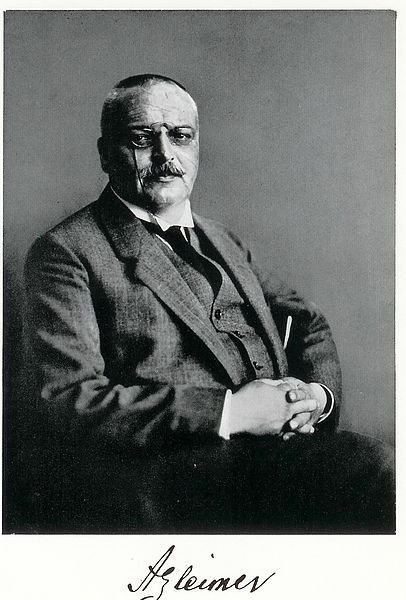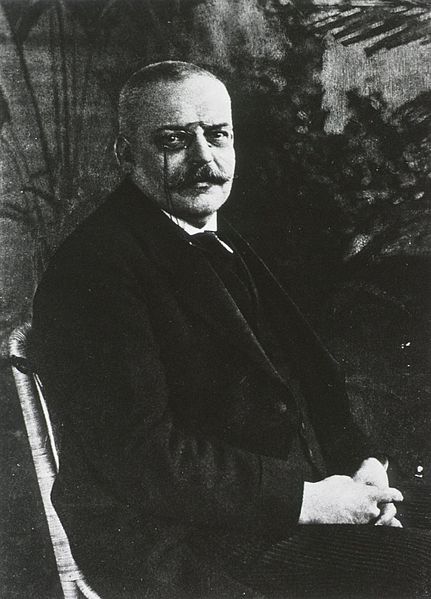<Back to Index>
- Psychiatrist Aloysius "Alois" Alzheimer, 1864
- Photographer Margaret Bourke White, 1904
- Mayor of New York City Fernando Wood, 1812
PAGE SPONSOR
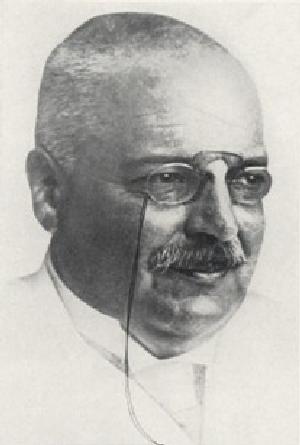
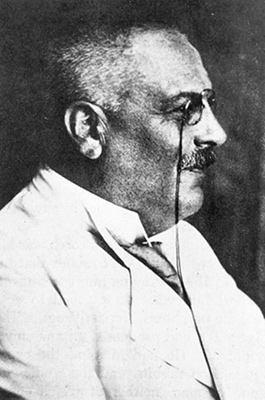
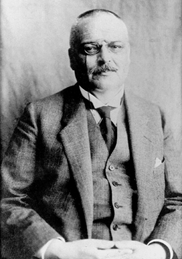
Aloysius "Alois" Alzheimer, (14 June 1864 – 19 December 1915) was a German psychiatrist and neuropathologist and a colleague of Emil Kraepelin. Alzheimer is credited with identifying the first published case of "presenile dementia", which Kraepelin would later identify as Alzheimer's disease.
Alzheimer was born in Marktbreit, Bavaria. His father served in the office of notary public in the family's hometown. Alzheimer attended Aschaffenburg, Tübingen, Berlin, and Würzburg universities. He received a medical degree at Würzburg University in 1887. In the following year, he spent five months assisting mentally ill women, before he took an office in the city mental asylum in Frankfurt am Main: the Städtische Anstalt für Irre und Epileptische (Asylum for lunatics and epileptics). Emil Sioli was the dean of that asylum (1852 – 1922). Another neurologist, Franz Nissl (1860 – 1919), began to work in that same asylum with Alzheimer, and they knew each other. Much of Alzheimer's later work on brain pathology made use of Nissl's method of silver staining of the histological sections. Alzheimer was the co-founder and co-publisher of the journal Zeitschrift für die gesamte Neurologie und Psychiatrie. He never wrote a book that he could call his own.
In 1901, Alzheimer observed a patient at the Frankfurt Asylum named Auguste Deter.
The 51 year old patient had strange behavioral symptoms, including a
loss of short term memory. This patient would become his obsession over
the coming years. In April 1906, Mrs. Deter died and Alzheimer had the
patient records and the brain brought to Munich where he was working at
Kraepelin's lab. Together with two Italian physicians, he would use the
staining techniques to identify amyloid plaques and neurofibrillary tangles.
A speech given on 3 November 1906 would be the first time the pathology
and the clinical symptoms of presenile dementia would be presented
together. Through
extremely fortunate circumstances the original microscope preparations
on which Alzheimer based his description of the disease were
rediscovered some years ago in Munich and his findings could thus be reevaluated. Since German was the lingua franca of
science (and especially of psychiatry) at that time, Kraepelin's use of
Alzheimer's disease in a textbook would make the name famous. By 1911,
his description of the disease was being used by European physicians to
diagnose patients in the US. In
mid December 1915, Alzheimer fell ill on the train on his way to the
University of Breslau, where he had been appointed professor of psychiatry in 1912. Most probably he had a streptococcal infection and subsequent rheumatic fever and kidney failure. He died of heart failure at the age of 51 in Breslau, Silesia.
